Optimal Timing for Foam Jacking Services
Foam jackings are a method used to stabilize and lift settled concrete slabs, driveways, and other surfaces. The timing of foam jacking is essential to ensure optimal results and longevity of the repair. Factors such as weather conditions, ground temperature, and seasonal variations influence the effectiveness of foam injection. Proper timing can prevent further settlement and reduce the need for more extensive repairs later.
Spring and fall are generally considered the best seasons for foam jackings due to moderate temperatures and stable ground conditions.
Dry weather with consistent temperatures helps ensure proper foam expansion and adhesion, reducing the risk of future settling.
Ground temperatures above freezing are necessary for foam to expand properly and cure effectively.
Extreme cold or heat can affect foam performance, making spring and fall preferable for the procedure.

Specialized equipment used in foam jacking processes.
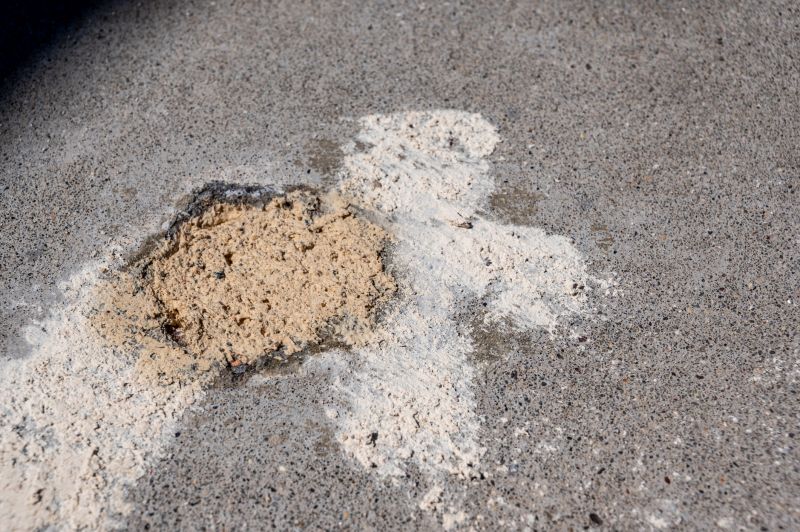
Preparing surfaces before foam injection.
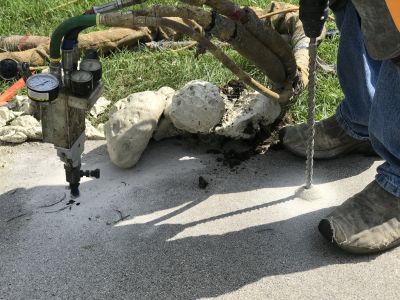
Injecting foam into the ground for stabilization.

Ways to make Foam Jackings work in tight or awkward layouts.
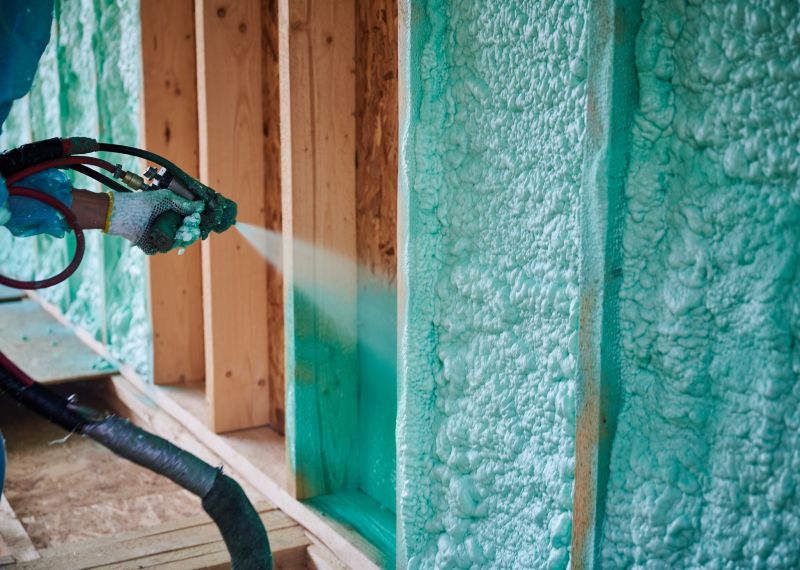
Popular materials for Foam Jackings and why they hold up over time.
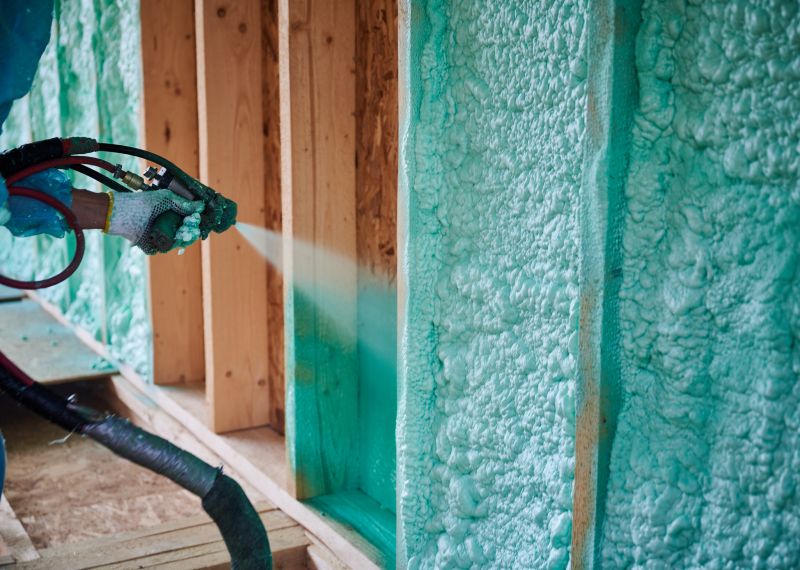
Simple add-ons that improve Foam Jackings without blowing the budget.
| Season or Condition | Recommended Timing |
|---|---|
| Spring | Optimal due to moderate temperatures and soil conditions. |
| Fall | Ideal for similar reasons as spring, with stable ground. |
| Summer | Possible if temperatures are moderate and ground is dry. |
| Winter | Generally not recommended due to freezing temperatures. |
| Post-Construction | Best performed after ground has settled and weather conditions are suitable. |
Foam jacking provides a cost-effective and minimally invasive solution for leveling and stabilizing concrete surfaces. The process involves injecting a polyurethane foam beneath the surface to lift and support the slab. This method is faster than traditional mudjacking and minimizes disruption to property use. Proper timing ensures that the foam expands uniformly and cures effectively, resulting in a durable repair.
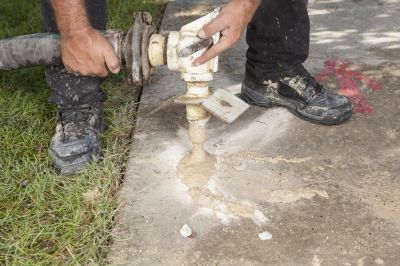
Injection of foam beneath a concrete slab.

Lifted and stabilized surface after foam injection.

Comparison of surface levelness.
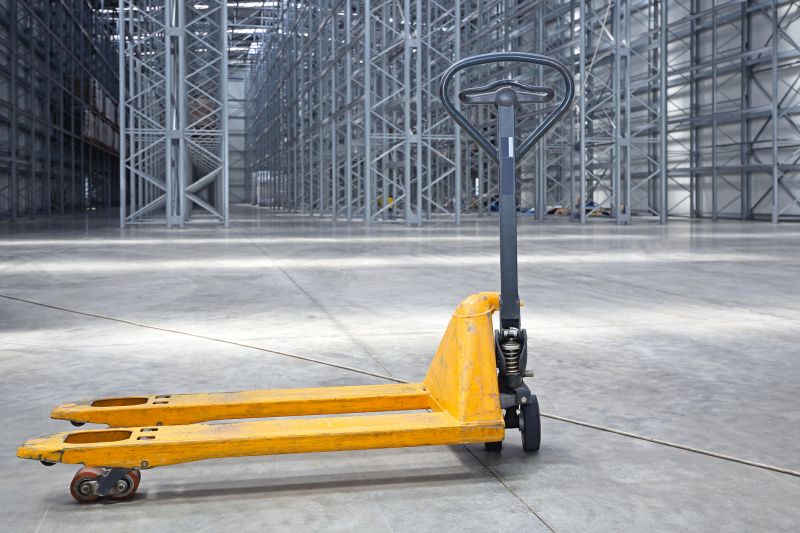
Equipment used in the foam injection process.
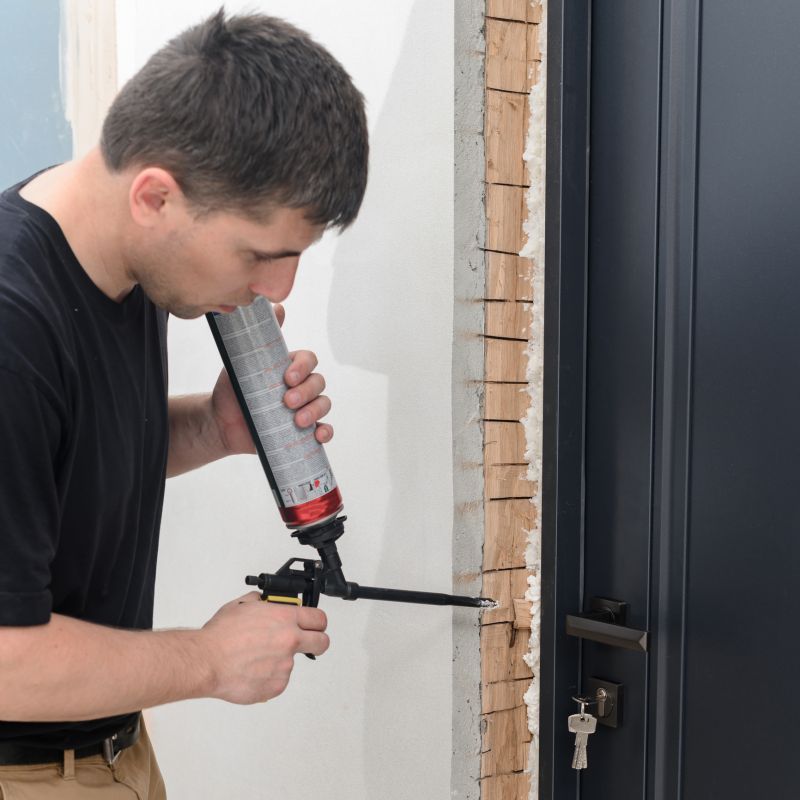
High-end options that actually feel worth it for Foam Jackings.
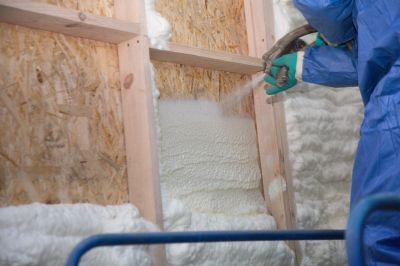
Finishes and colors that play nicely with Foam Jackings.
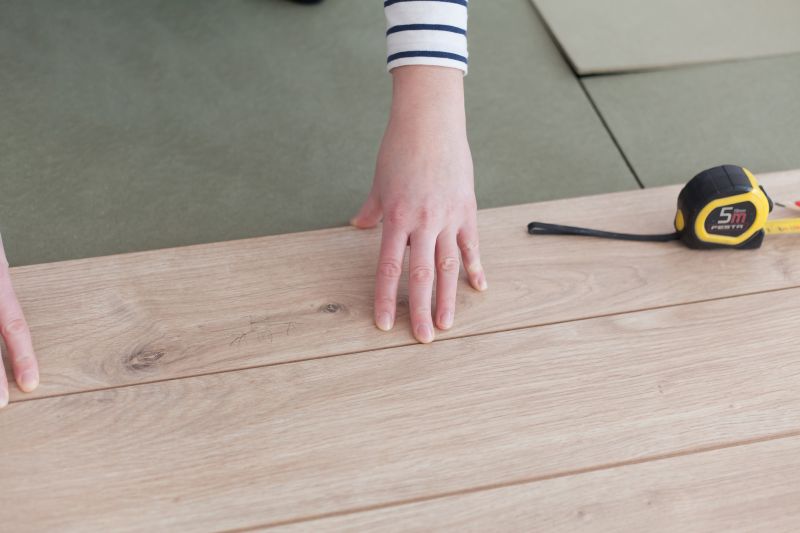
Little measurements that prevent headaches on Foam Jackings day.

A 60-second routine that keeps Foam Jackings looking new.
Timely foam jacking can extend the lifespan of concrete surfaces and prevent costly repairs in the future. Scheduling during favorable weather conditions ensures the best possible results. Property owners should consider seasonal and environmental factors when planning for foam jacking to maximize its benefits.
